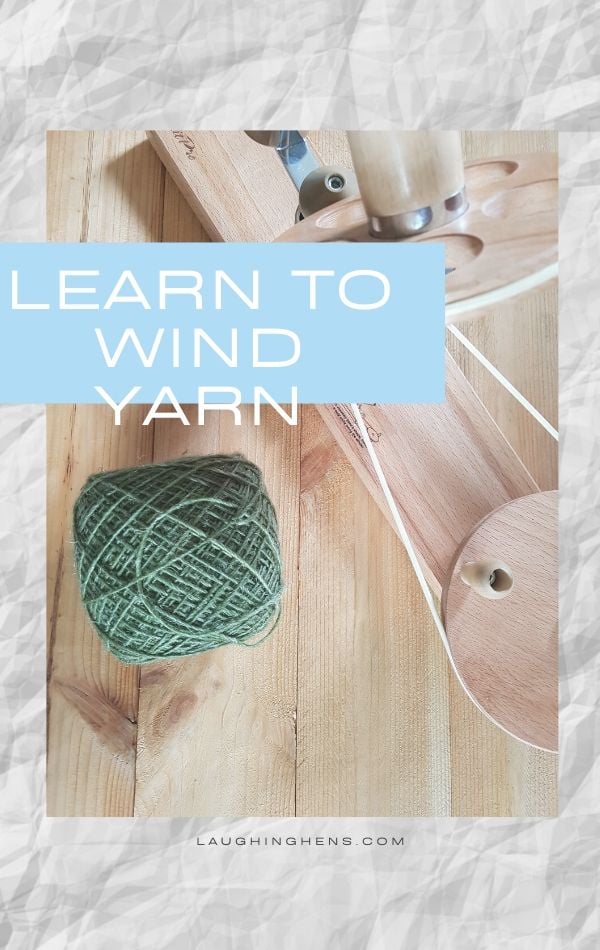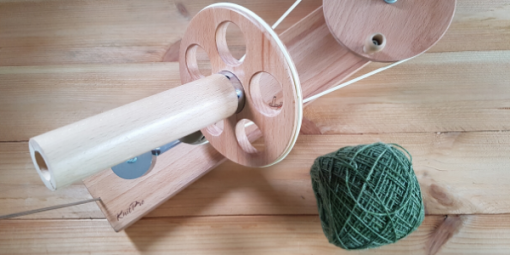Sometimes, a hank or skein of yarn can feel intimidating. Our guide on using an umbrella swift and ball winder should get you good to go in no time!
If you've ever wondered how to wind a skein or hank of yarn using a ball winder and an umbrella swift, we have you covered! But first, let's talk about why yarn winders and umbrella swifts are so popular.
Why should you wind a skein of yarn?
Yarn that arrives packaged as a long loop, twisted up on itself and secured by pulling one loop through another is called a skein or a hank. Some regions differentiate between the two, but most knitters and crocheters use the term interchangeably.
If you're wondering why a company wouldn't just have the yarn wound into balls or cakes before selling, rest assured it's not to save money - it's to preserve the integrity of the natural fibres in the yarn. Storing natural fibre yarn in a tightly wound ball or cake can weaken the plies, and over time, can cause them to lose their natural memory and bounce, which is what we love so much about them!
Skeins are wound at the mill and secured with several ties to keep it neat and tidy until you're ready to use it. Attempting to knit or crochet straight from the skein or hank without winding it could end in tragedy, with a huge tangle that will take hours to pick out. Winding before you cast on is certainly your best bet!
Tips and tricks
When preparing to wind your yarn, we have some tips and tricks for you to help you get started, especially if you've never used a yarn winder or an umbrella swift before.
Tip 1: make sure the surface you are clamping your yarn winder and swift to is stable, and not wobbly. A wobbly surface will make winding slower (and noisier). We also recommend a work space large enough to accommodate the size of both the yarn winder and the swift with some space between, to allow the yarn to move easily and freely.
Tip 2: Don't cut the ties on your hank or skein of yarn before it's safely secured on the swift. If you drop it, you'll end up with a terrible tangle!
Tip 3: When winding large amounts of yarn, from a cone for example, don't overload the bobbin of the yarn winder. To do so can cause it to ball the yarn unevenly. Most standard sized yarn winders will wind between 100-200g of yarn, while the larger model showed in the video below can handle up to 450g!
Love this post? Save it to your Pinterest for later!




